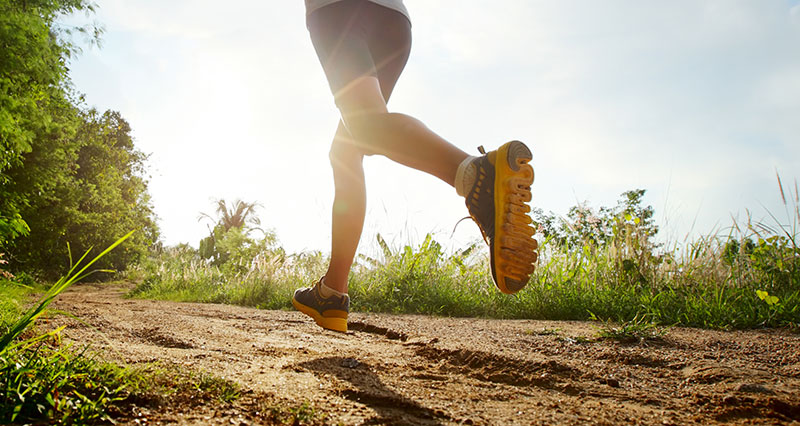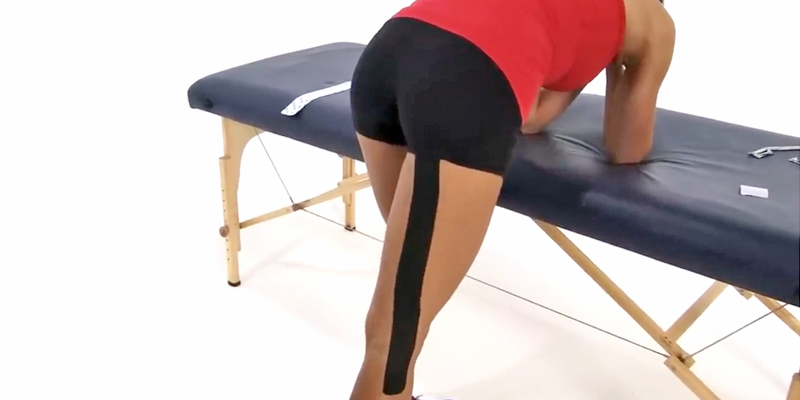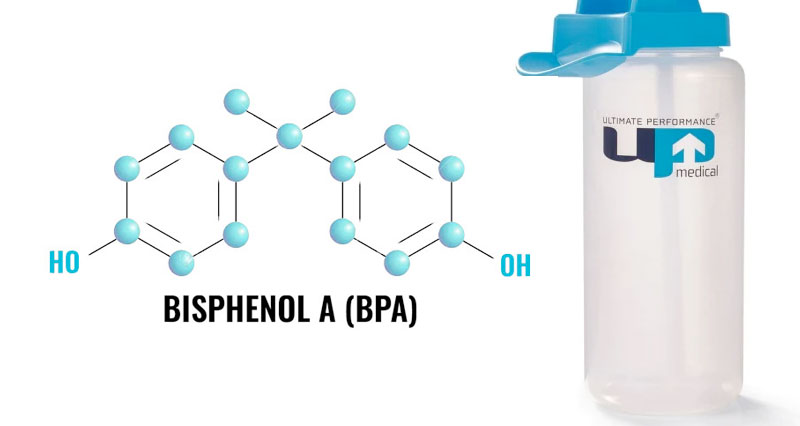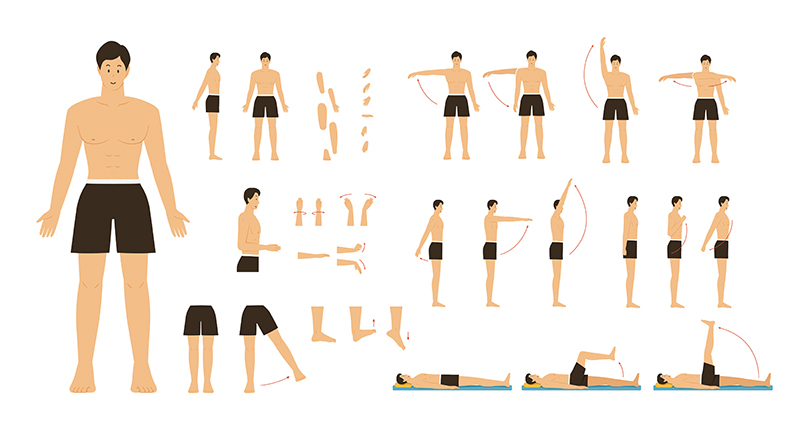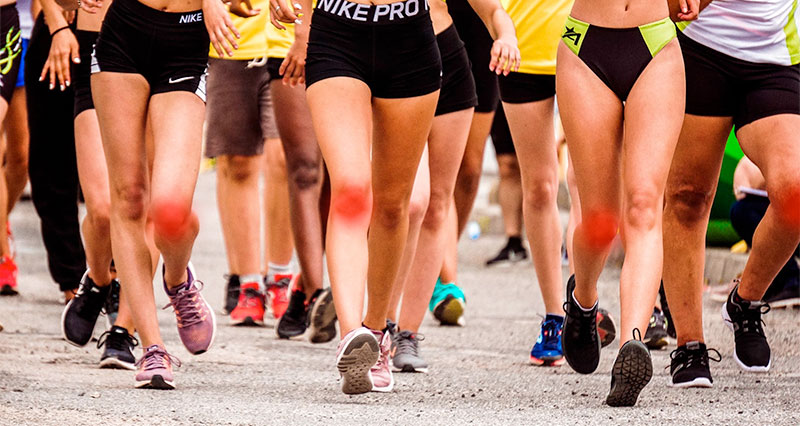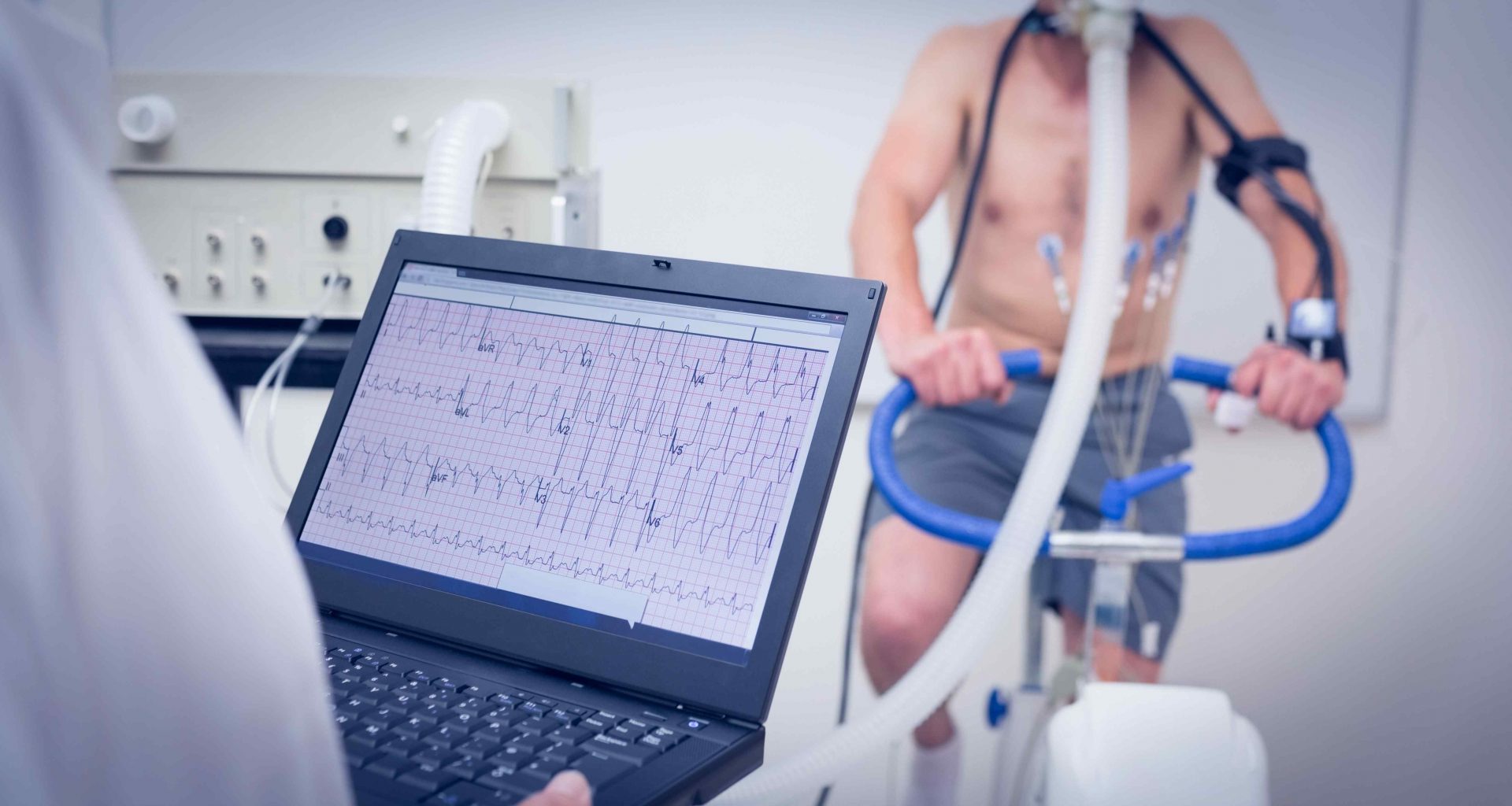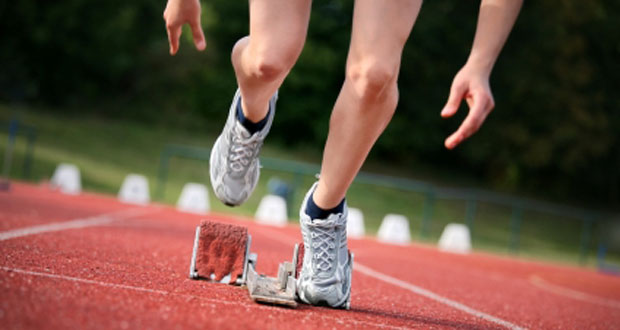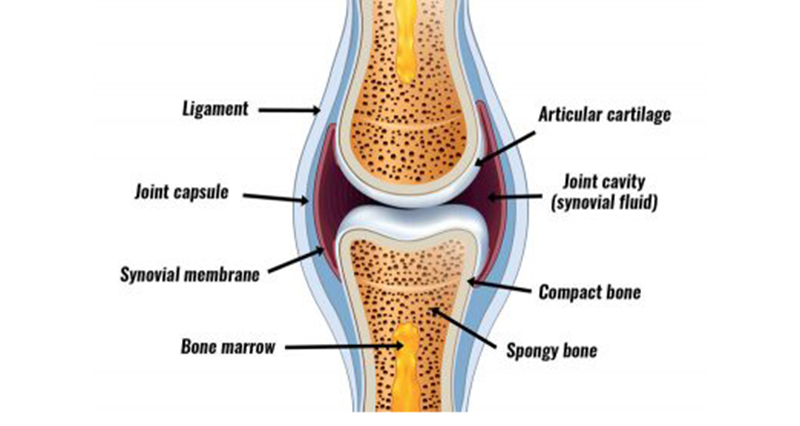Why the Right Socks Matter in Sport
Most athletes focus on shoes, but socks are just as important. The right pair protects your feet, boosts comfort, and can even improve performance. Wearing the wrong socks increases the risk of blisters, sore spots, and fatigue. Let’s look at why choosing sport-specific socks matters and how different types compare. Running Socks Running creates constant
Why the Right Socks Matter in Sport Read More »

